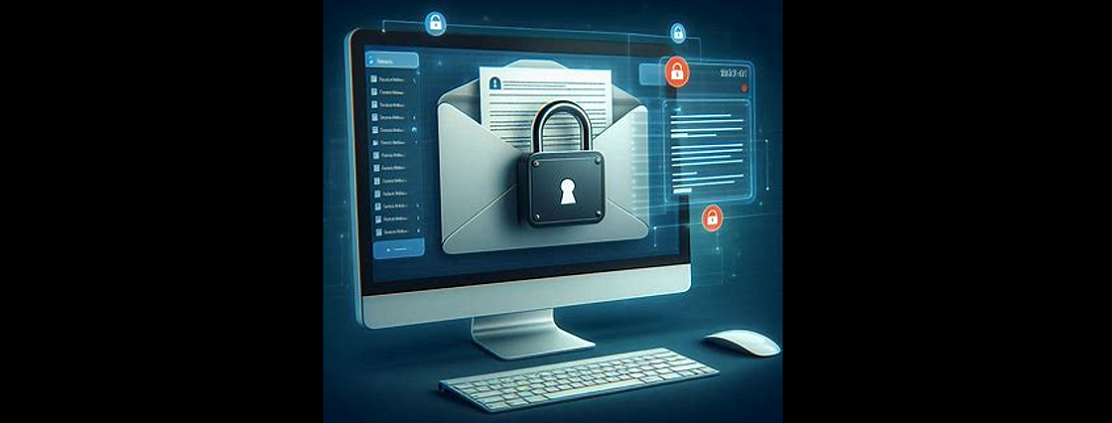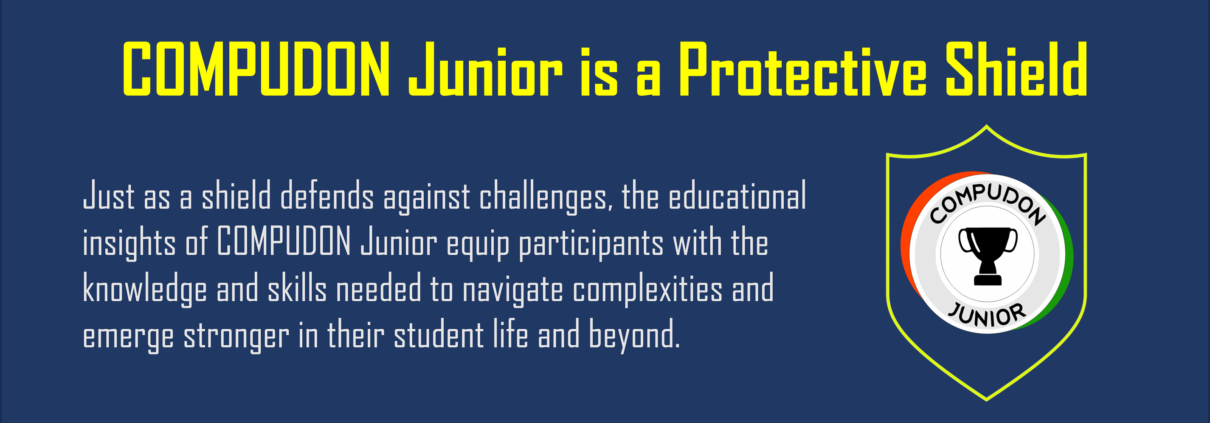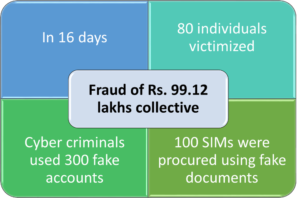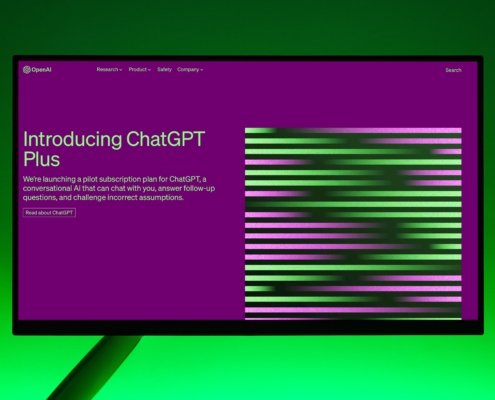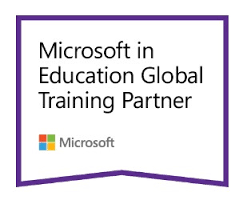Should You Consider a Dedicated Password Manager?
It would not be wrong to say that every internet user understands that it is absolutely crucial to have unique and complex passwords. And that the majority of internet users often create accounts with passwords containing 6-8 characters, including letters, numbers, and special characters. Many believe that they are well-informed about secure passwords and no longer check the requirements for strong passwords.
However, statistics reveal that 95% of breaches stem from human errors. Given the rising cyber threats, it’s crucial to take proactive measures to mitigate human-related risks, particularly by focusing on fundamental yet critical aspects such as improving password management. Recognizing the significance of robust password practices and the severe repercussions of breaches, International Password Change Day is gaining recognition.
It is impractical to remember numerous different passwords, leading to password fatigue. Implementing system rules on password length and requiring regular password renewals or using a separate password manager is an essential step. A master password used with two-factor authentication provides additional protection.
Dedicated password managers offer advanced security features and adhere to higher security standards, prioritizing security and privacy. On the other hand, browser-based password managers, designed for convenience, pose risks as they save passwords and offer quick autofill, making it easier for unauthorized access. Therefore, it is crucial to avoid browser-based password managers. The dedicated password manager provides following significant advantages:
1. Enhanced Security :
- Strong, Unique Passwords –Password managers generate and store random, complex, and unique passwords for each of your accounts, significantly reducing the risk of hacking due to weak or reused passwords.
- Encrypted Storage – Password managers encrypt your passwords, ensuring they are stored securely and protected from unauthorized access.
2. Convenience:
- Autofill- Password managers can automatically fill in login credentials for websites and applications, saving time and reducing the hassle of remembering multiple passwords.
- Cross-Platform Sync- Most password managers sync across multiple devices and platforms, allowing you to access your passwords from anywhere securely.
3. Organization and Management:
- Centralized Storage- Password managers store all your passwords in one place, making it easier to manage and organize your credentials.
- Secure Notes and Information- Many password managers also allow you to store other sensitive information, such as credit card details, secure notes, and personal information, in an encrypted format.
4. Improved Productivity:
- Reduced Password Reset: With all passwords securely stored and easily accessible, the need for frequent password resets due to forgotten passwords is minimized, saving time and reducing frustration.
- Streamlined Access: Password managers simplify the login process for multiple accounts, enabling quicker access to necessary tools and resources, thereby enhancing productivity.
5. Protection Against Phishing Attacks:
- Autofill Accuracy: Password managers can recognize legitimate websites and auto-fill login details only for known sites, helping to protect against phishing attacks by preventing you from entering credentials on fake websites.
- Security Alerts: Many password managers offer security alerts for compromised websites, prompting you to change passwords that may have been exposed in data breaches.
In conclusion, as we navigate an increasingly digital world fraught with cyber threats, it’s evident that human error remains a significant contributor to breaches. By prioritizing proactive measures such as enhancing password management, we can strengthen our defenses against cyberattacks. The emergence of initiatives like International Password Change Day underscores the importance of this endeavor. Let us take heed of these insights and commit to safeguarding our digital assets through vigilant cybersecurity practices. Together, we can build a safer online environment for all.




